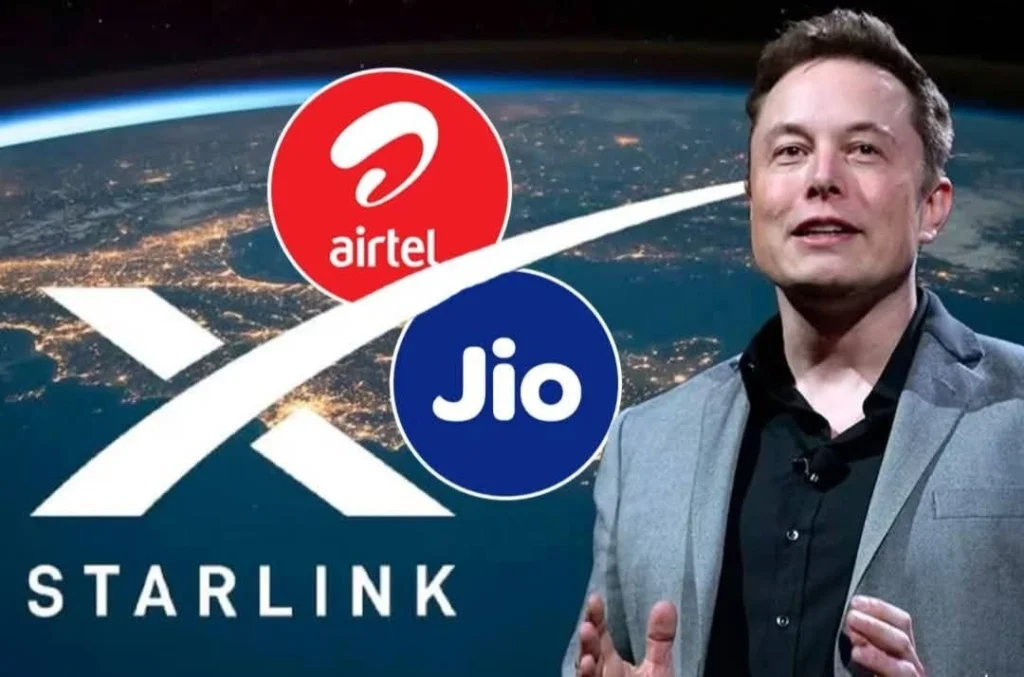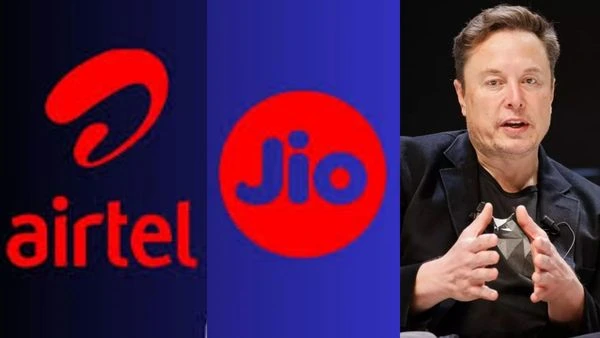Elon Musk’s Starlink and India’s Digital Revolution: Bridging the Connectivity Divide
Following years of working through intricate regulatory landscapes, Elon Musk’s Starlink satellite-based internet service is poised to revolutionize India’s digital landscape through strategic collaborations with telecommunications behemoths Bharti Airtel and Reliance Jio. The tie-up may be a turning point for India, as 450 million individuals—mostly based in rural and far-flung areas—are offline even though the country has more than 950 million internet subscribers. With its status as the world’s second-largest internet market, India represents a gigantic opportunity for Starlink’s international ambitions but also highlights the harsh contrasts in connectivity that the service seeks to redress. What does this hold for India’s digital future, and how could Starlink’s technology redefine access for millions? Let’s dive in.

India’s Connectivity Crisis: The Urban-Rural Divide
India’s digital growth narrative is one of contradictions. Urban areas such as Mumbai, Delhi, and Bengaluru have access to high-speed 4G and growing 5G networks, while much of rural India, which houses 65% of the country’s population, is plagued by irregular or no internet connectivity. Rural broadband penetration is at about 35%, while in cities it is at 95%, the Telecom Regulatory Authority of India (TRAI) reports. Geographical obstacles, poor infrastructure, and the prohibitively expensive installation of fiber-optic cables in mountainous terrain have left villages dependent on slow 2G networks or costly, unreliable alternatives.
The COVID-19 crisis laid this disparity bare. Online classes became unaffordable for students in distant locations, farmers did not have access to current market prices, and doctors could not make telemedicine deliveries effectively. The government’s own Bharat Net program, with a goal to wire 250,000-gram panchayats (village councils) through fiber, has made glacial progress with just 60% of the milestones achieved since it was started in 2011. Come in, Starlink: a solution that promises to jump over earth-bound constraints and beam high-speed internet from above.
What Is Starlink? A Technological Marvel
Starlink, an Elon Musk SpaceX project, is not a typical satellite internet service. Older providers such as HughesNet or Viasat use a few large geostationary orbit (GEO) satellites about 35,786 kilometers from Earth. The satellites serve large areas but have high latency (600–800 milliseconds) since they are so far away, which makes video calls or playing games impractical.
Starlink reverses this paradigm by launching thousands of tiny satellites into low Earth orbit (LEO), only 550 kilometers from the planet. This close distance cuts latency to 20–40 milliseconds—similar to terrestrial broadband—while a satellite mesh network provides faultless coverage. As of 2023, more than 4,500 Starlink satellites circle the Earth, with future plans to scale up to 42,000. Customers get a phased-array antenna (so-called “Dishy”) that automatically connects to the closest satellite, with speeds of 50–200 Mbps.
Why India? The Market Opportunity and Challenges
India’s off-grid population is the world’s biggest untapped market for internet services. But rural India is a difficult place to connect. Land-based infrastructure is costly: installing fiber costs $25,000 a kilometer in hilly terrain, and servicing towers in flood or forest areas is unviable. While India’s average internet speed places it at 79th position in the world (17 Mbps), with rural customers generally charged extra for worse service.
Starlink’s ground-independent model is perfectly suited for India’s varied terrain. However, regulatory obstacles pushed back its arrival. SpaceX pre-sold 5,000 Starlink terminals in India in 2021 but courted controversy by offering them without a license. The government ordered refunds and urged it to follow foreign ownership regulations, making Starlink shift focus to partnerships with homegrown telecom champions.
Strategic Alliances: Bharti Airtel and Reliance Jio as Gateways
Working in partnership with Bharti Airtel and Reliance Jio—India’s telecommunications giants—is a stroke of genius. Airtel’s large fiber base and Jio’s price-breaking model (getting 400 million Indians online since 2016) give Starlink ready access to distribution infrastructure and regulatory skills.
- Bharti Airtel: Airtel’s Project Leap includes 2,000+ points of presence across India. Integrating Starlink could enhance backhaul connectivity for Airtel’s towers, improving rural coverage.
- Reliance Jio: Jio’s focus on affordable data aligns with Starlink’s mission. Jio’s satellite venture, JioSpace Technology, hints at synergies in deploying hybrid terrestrial-satellite networks.
These partnerships also align with India’s 2022 Spacecom Policy, encouraging private-sector participation in space-based services.
Transforming Rural India: Healthcare, Education, and Agriculture
Starlink’s impact could be transformative:
- Education: Remote schools could access digital classrooms, bridging the gap for 35 million children in offline areas.
- Healthcare: Telemedicine hubs could connect village clinics to urban specialists, reducing maternal mortality and improving diagnostics.
- Agriculture: Farmers could leverage real-time weather data, e-marketplaces, and IoT-enabled precision farming.
In Maharashtra, a pilot project using satellite internet enabled farmers to monitor soil health via sensors, boosting yields by 30%. Similar initiatives could scale nationally.
Challenges: Affordability, Awareness, and Environment
Despite its promise, Starlink faces hurdles:
- Cost: The user terminal currently costs $600 globally—prohibitively expensive for rural households. Subsidies or localized pricing will be critical.
- Awareness: Digital literacy campaigns are needed to drive adoption in non-English-speaking regions.
- Environmental Concerns: Astronomers warn of light pollution, while space debris risks require responsible satellite deorbiting.
The Road Ahead: A Connected India?
Navigating India’s cost-conscious market and regulatory landscape will be crucial to Starlink’s success. When implemented properly, it can complement BharatNet and 5G deployments to create a hybrid connectivity model. For millions, this is about more than just faster internet; it’s about opportunity, dignity, and a sense of belonging in the digital age. India’s digital future might finally be within reach as Musk’s satellites light up the nation’s skies.
Click Here to subscribe to our newsletters and get the latest updates directly to your inbox

